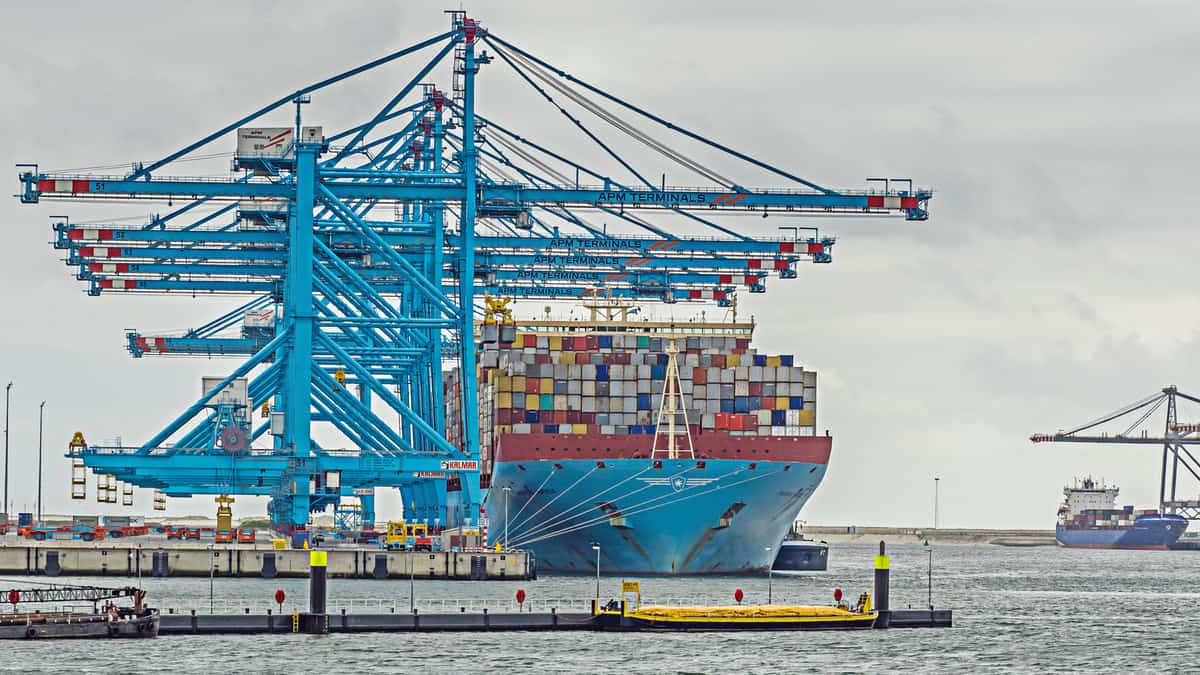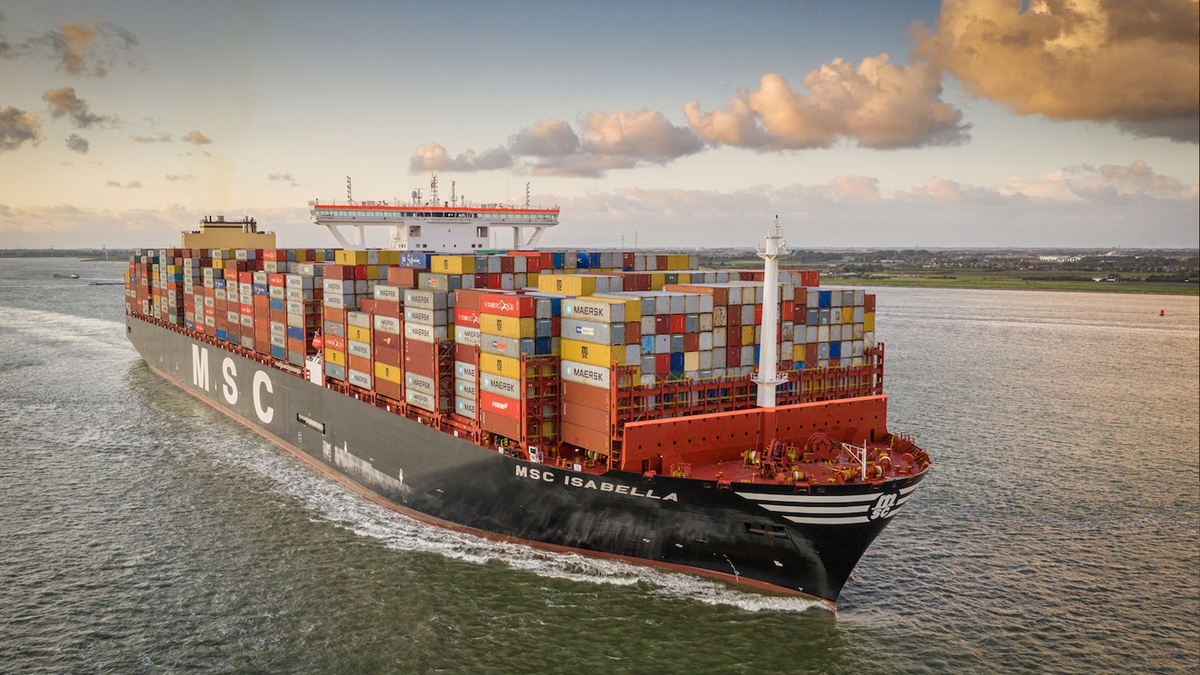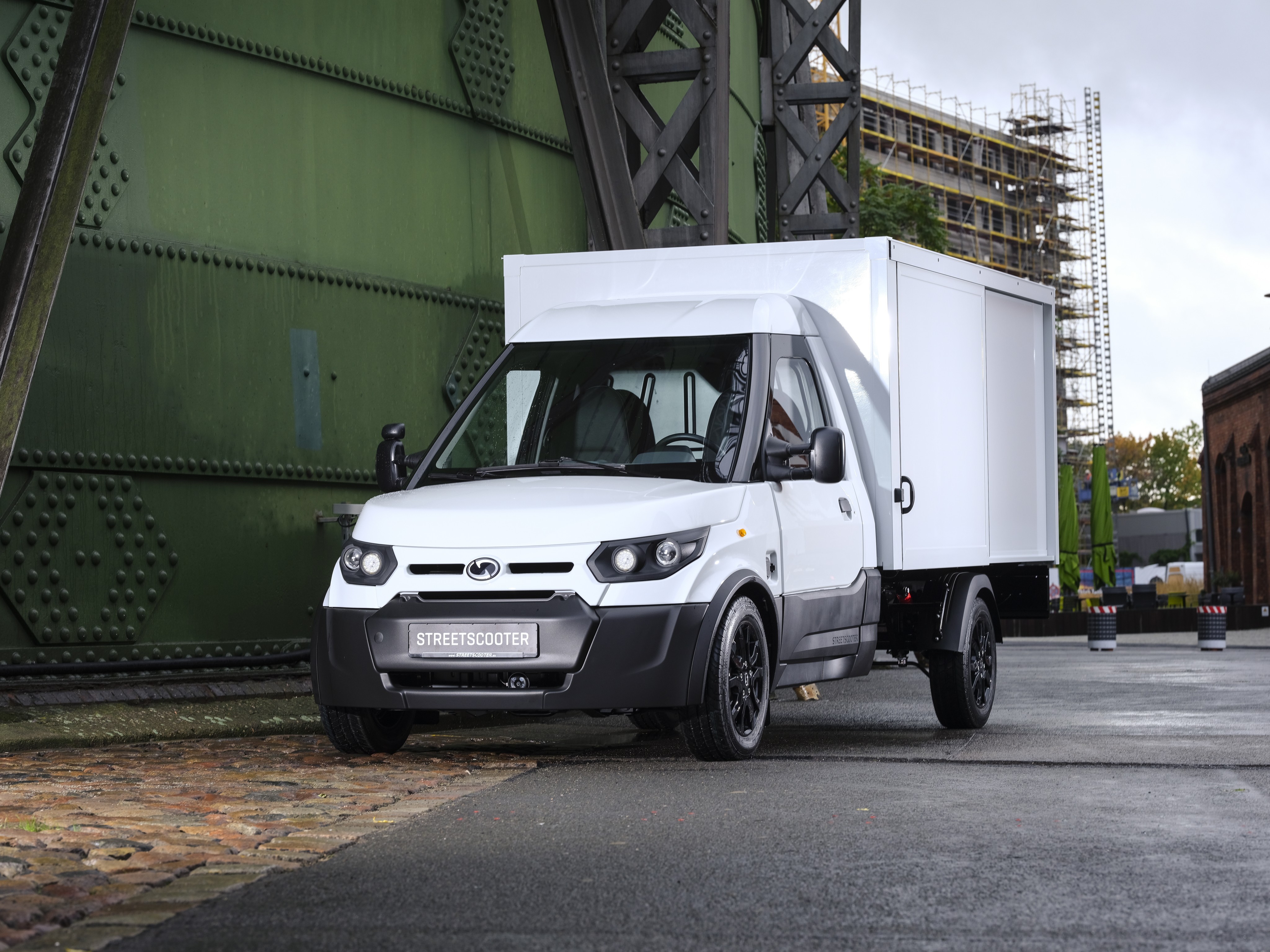
Shippers are rapidly relocating distribution and storage capacity to continental Europe ahead of the U.K.’s expected exit from the European Union (EU).
Britain is scheduled to ‘Brexit’ the EU with no deal on 31 October although multiple outcomes are still possible. However, as reported in FreightWaves, even if a no-deal Brexit is somehow avoided this month, the U.K.’s anticipated eventual departure is already reshaping the European logistics landscape.
Anecdotal evidence that this trend is in full flight was readily available on a fact-finding logistics tour of the Netherlands by FreightWaves last week.
Cuno Vat, CEO of Neele-Vat Logistics, a Netherlands-based logistics provider, said that while the uncertainty around Brexit had been confusing for business, new opportunities have emerged.
“We’ve seen a five-fold increase in requests from overseas companies currently with setups in the U.K. that want to redesign their supply chain. They are considering the Netherlands as a location and want us to be their business partners,” he said.
Timely distribution to the U.K. from this Royal FloraHolland global flower hub and marketplace near Amsterdam will be difficult post-Brexit.
Vat explained that during the 1980s and 1990s many companies from North America and Asia established European bases in Britain to benefit from the advantages of English as a first language, openness to immigrants, a reliable legal system and relatively low taxes. Yet with Brexit threatening labor shortages, customs checks and other transactional costs, many have changed tack and are now looking to continental Europe for safe haven.
For some manufacturers, in the food industry for example, this is a short-term risk management play – they are building up temporary inventory on both sides of the English Channel to guard against short-term Brexit logistics chaos. However, others are making substantial, long-term commitments to shifting large parts of their businesses out of the U.K.
“Some companies only need temporary storage around the Brexit deadline in October, as they did in late March, the previous Brexit deadline,” said Vat. “We make money on this business, but we know it won’t last.
“Others are relocating from the U.K. to continental Europe; here [The Netherlands] and to other places. An enormous amount of new warehousing has been built and that demand has been picked up.”
He was not alone in noting that many shippers are already transferring storage and distribution networks out of the U.K. in anticipation of increased transactional costs at the U.K. border.
Stan de Caluwe, senior supply chain solutions manager of the Holland International Distribution Council (HIDC), told FreightWaves his organization was in talks “with various logistics companies at the moment” about moving from the U.K. to the Netherlands, transfers HIDC helps to facilitate.
“Many are starting with additional solutions such as a second hub here and one in the U.K., then longer term are looking to move their European distribution center here and will then service the U.K. from here.”
De Caluwe said that as the center of gravity in Europe shifts eastwards post-Brexit, this will drive demand for storage and distribution capacity not only in the Netherlands, but also in western Germany and Belgium.
He takes the view that “the main entry points will still be in the west of Europe,” especially via the port of Rotterdam and Amsterdam Airport Schiphol, which will ensure the Netherlands maintains its prized “gateway” status.
He said interest in transferring operations was particularly enthusiastic among the financial technology, health, life science and health sectors. “Many have licensing issues if they aren’t located in the European Union when Brexit happens,” he added. “So those companies are in a hurry.”
Jorn Douwstra, business manager for international trade and investment at Rotterdam Partners, also confirmed the trend, noting that financial and insurance companies had already moved to the Rotterdam area to avoid licensing issues.
“We think that a lot of multinationals already have a plan to move,” he said. “A lot of small businesses in the U.K. don’t know what to do and are waiting until there’s a final decision on Brexit. And we see a lot of mid-size companies trying to make up their minds.”
Douwstra continued, “If they have a large market share in mainland Europe instead of the U.K., then for a lot of companies it’s beneficial to try to open a warehouse here to serve those clients, especially if they ship goods from outside the EU because you don’t want to have dual tariffs.”
Michiel Bakhuizen, strategic adviser for the Netherlands Foreign Investment Agency (organizers of the fact-finding tour), believes many companies are keeping their options open but if a no-deal Brexit proceeds, they will be ready to move after a relatively short interim period.
“They really want to be sure that a no-deal Brexit is definite before investing the amounts of money needed to move over to the Netherlands,” he added.
More FreightWaves articles by Mike
https://www.freightwaves.com/news/author/mikeking






















